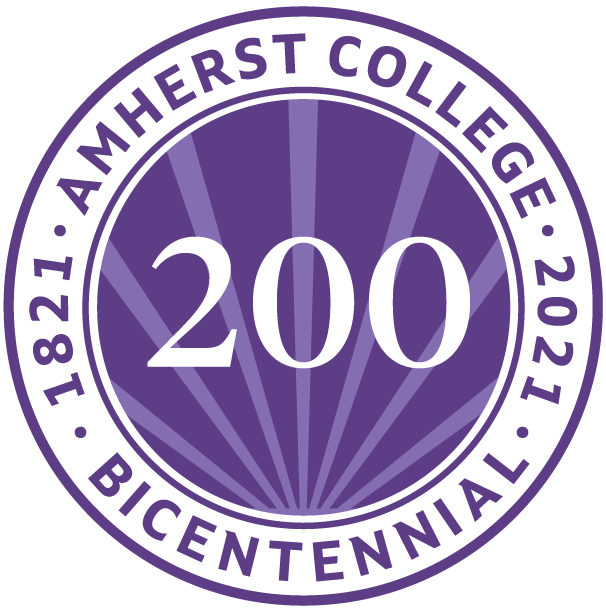On the occasion of Amherst’s Bicentennial, we present an excerpt from Eye, Mind, Heart: A View of Amherst College at 200, one of the keepsake Bicentennial books commissioned by the College.
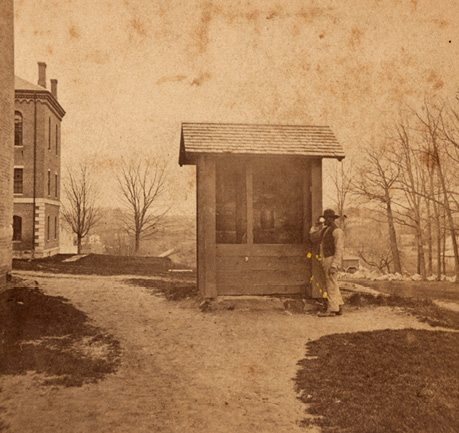
The College Well. At right is Charles Thompson, a former whaler and longtime college janitor.
Brian Meacham Collection of Amherstiana
Welcome to Amherst.
The new college is founded in 1821 by descendants of Massachusetts Puritans. It follows that your life is indeed puritanical: At sunrise, the College bell wakes you up for morning prayers. You attend chapel and your first class before breakfast. Prayers are held in a borrowed village church. It is unheated. There is no summer vacation. You get one six-week break at Christmastime.
Piety is central to college life. The nation is experiencing the Second Great Awakening, a time of Protestant religiosity.
Meanwhile, in the Massachusetts legislature, your school is fighting for its life. Williams College—angry that Amherst “stole” its president, Zephaniah Swift Moore, and 15 students—leads a long and nasty campaign to nip Amherst in the bud. It is not at all clear that either college will survive. But Ralph Waldo Emerson, among others, feels Amherst’s incredible energy.
Following a campus visit, he describes the new college as “an Infant Hercules. Never was so much striving, outstretching, & advancing in a literary cause as is exhibited here. The students all feel a personal responsibility in the support & defense of their young Alma Mater against all antagonists.”
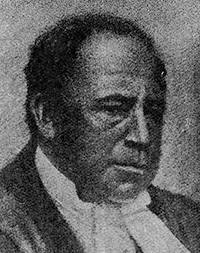
Edward Jones, Class of 1826
All but three of your fellow students are New Englanders. In this first year of the College’s existence all your classmates are white. But next year, in the fall of 1822, Edward Jones will arrive from South Carolina. He will become the second African American in the nation to earn a college degree. He will join the ministry and be named the first principal of Fourah Bay College in Sierra Leone.
Most of your classmates are the children of struggling local farmers. Painting with a broad brush, English professor Theodore Baird describes the sort of young man who wants an Amherst education:
“Again and again there appears, almost as the only type, a boy or young man whose bodily strength was so feeble, whose health was so frail, that it early became apparent he could be of little use on the farm.”
You get water from the College well. You saw wood for your own fireplace. At night you study by firelight and perhaps a couple of foul-smelling candles made from tallow, which is rendered animal fat.
If you are a wealthier student, you bring your own furniture for your dorm room. If you are needy, you can borrow both furniture and bedding from townspeople devoted to charitable works. The “Ladies of the Faculty” also help keep bedding and clothing in good repair.
“Water Is Indeed Best.”
— The Antivenenean Society, whose members abstained from alcohol, tobacco and opium.
There is no dining hall. If you are very poor, you survive on bread and milk in your room. If you can afford better, you hire a local family to serve you three hot meals a day at their boarding house.
All you do is study: There are no organized leisure activities. However, many students smoke and drink. Otherwise there would be no need in 1830 to found the Antivenenean Society. Veneate means “to poison.” The Society’s motto is “Water Is Indeed Best,” and its members pledge to abstain from alcohol, tobacco and opium.
The senior class of 1822 is composed of three students. President Moore meets with them daily for recitations, using as a classroom the bedroom shared by two of them, Pindar Field and Ebenezer Snell. In terms of resources, here is what they have: four chairs.
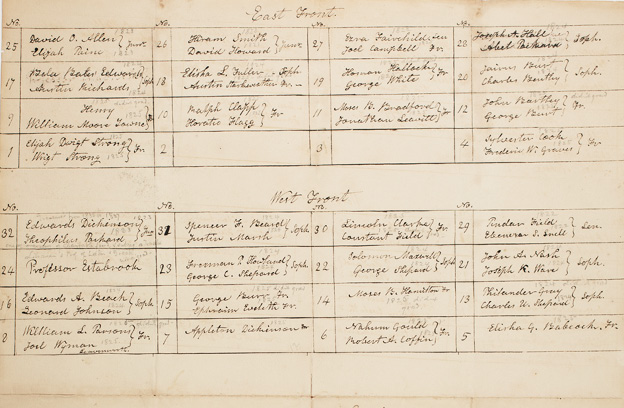
Room Draw, 1821. The Strong brothers share Room 1; the younger brother, Wright, enters Amherst at the age of 10.
Amherst College Early History Manuscripts and Pamphlets Collection, Box 1, Folder 6, A&SC
Still, the College aims high in its quest to provide a classical education. The trustees have decided that Amherst’s admissions requirements and curriculum will be the same as those at Yale. President Moore made it clear, before agreeing to leave Williams and come to Amherst, that he does not want to be associated with an “inferior” institution.
To enter as a first-year, you must demonstrate knowledge of such subjects as vulgar arithmetic (“vulgar” means fractions), Virgil (in Latin) and the New Testament (in its original Greek). Once at Amherst, you and your classmates all take the same courses. You study math through “fluxions” — Isaac Newton’s term for calculus.
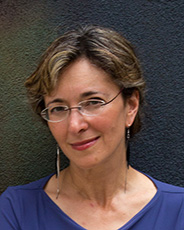
Author Nancy Pick ’83
Photo by Mandy Demuth
But most of your classes consist of “recitations.” This means that you memorize a passage in a dead language and then recite it in front of your classmates. In your first year, you read Jedidiah Morse’s Geography Made Easy. The textbook contains sections on zoology as well as geography, and its listings of “wild quadrupeds” begins:
“Like the Elephant, they were armed with tusks of ivory; but they obviously differ from the elephant in size, their bones proving them to have been five or six times as large.”
Morse is speaking of the mammoth.
